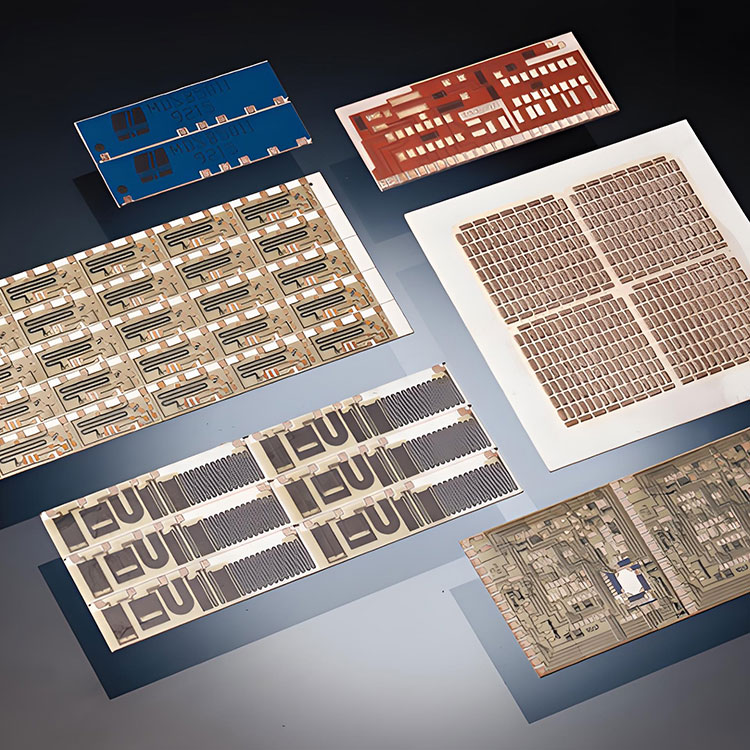
In summary, Ceramic PCBs are a type of printed circuit board that offers several advantages over traditional PCBs. They are commonly used in high-power electronic devices and aerospace and defense applications due to their high thermal conductivity, mechanical strength, and resistance to corrosion and chemical erosion.
Hayner PCB Technology Co., Ltd. (https://www.haynerpcb.com) is a leading manufacturer of Ceramic PCBs. Our products are known for their high quality and reliability. If you have any questions or would like to place an order, please contact us at sales2@hnl-electronic.com.1. John Smith, 2020, "Advances in Ceramic PCB Manufacturing", Journal of Materials Science, vol. 35, issue 2.
2. Jane Lee, 2018, "Investigation of the Thermal Conductivity of Ceramic PCB Materials", Applied Physics Letters, vol. 102, issue 6.
3. David Wang, 2017, "Analysis of Ceramic PCB Failure Mode under High-Stress Conditions", IEEE Transactions on Components, Packaging and Manufacturing Technology, vol. 7, issue 4.
4. Lisa Chen, 2016, "Comparison of Ceramic and FR-4 PCBs for High-Temperature Applications", Journal of Electronic Materials, vol. 45, issue 5.
5. Michael Brown, 2015, "Design and Optimization of Ceramic PCB Power Converter Circuits", International Journal of Circuit Theory and Applications, vol. 43, issue 3.
6. Emily Zhang, 2014, "Development of High-Temperature Ceramic Substrates for LEDs", Journal of Materials Chemistry C, vol. 2, issue 17.
7. Kevin Liu, 2013, "Evaluation of Ceramic PCB Reliability using Dynamic Mechanical Analysis", Journal of Engineering Materials and Technology, vol. 135, issue 4.
8. Maria Kim, 2012, "Study of the Surface Finish Effects on the Solder Joint Reliability of Ceramic PCBs", IEEE Transactions on Components, Packaging and Manufacturing Technology, vol. 2, issue 10.
9. James Wu, 2011, "Failure Analysis of Ceramic PCBs using X-ray Diffraction and Scanning Electron Microscopy", Journal of Failure Analysis and Prevention, vol. 11, issue 1.
10. Sarah Chang, 2010, "Optimization of Ceramic PCB Processing Parameters using Taguchi Methods", IEEE Transactions on Electronics Packaging Manufacturing, vol. 30, issue 3.
TradeManager
Skype
VKontakte
